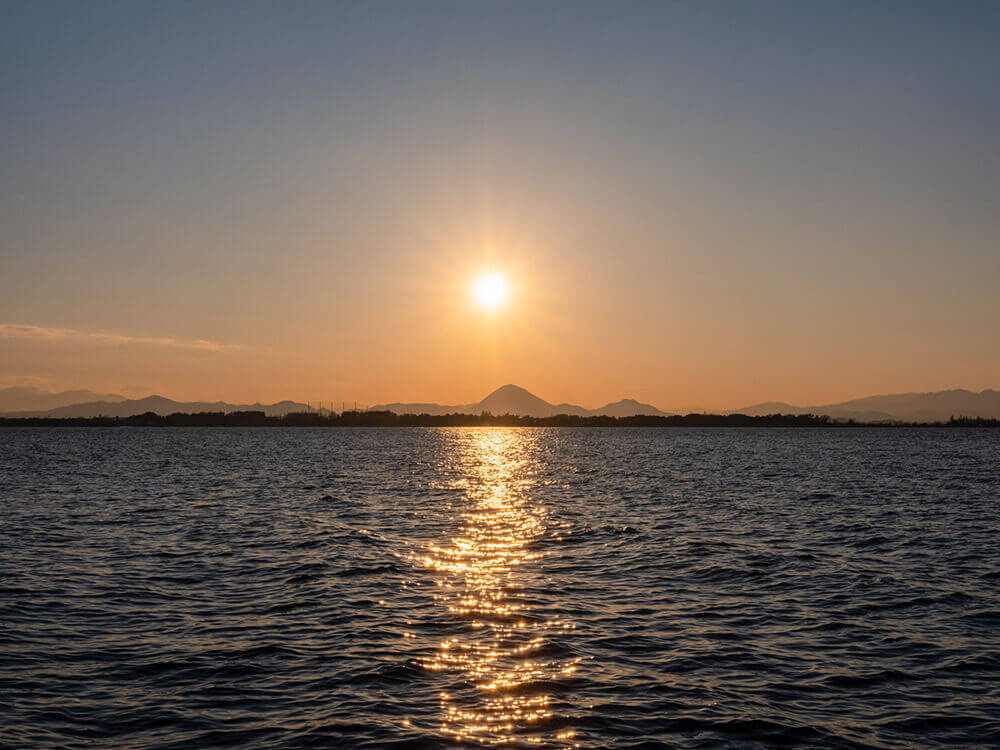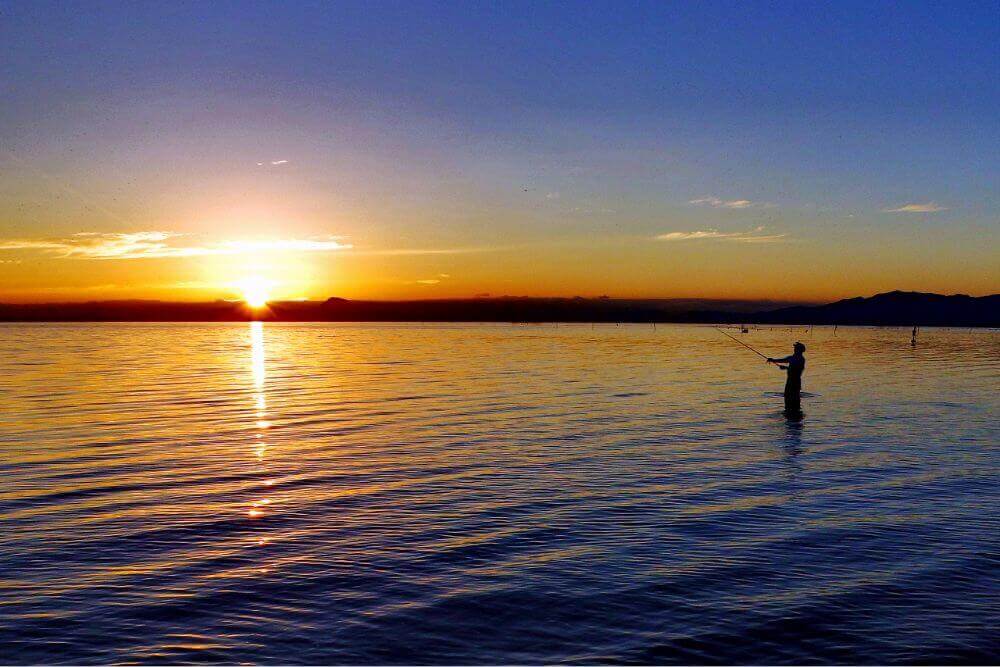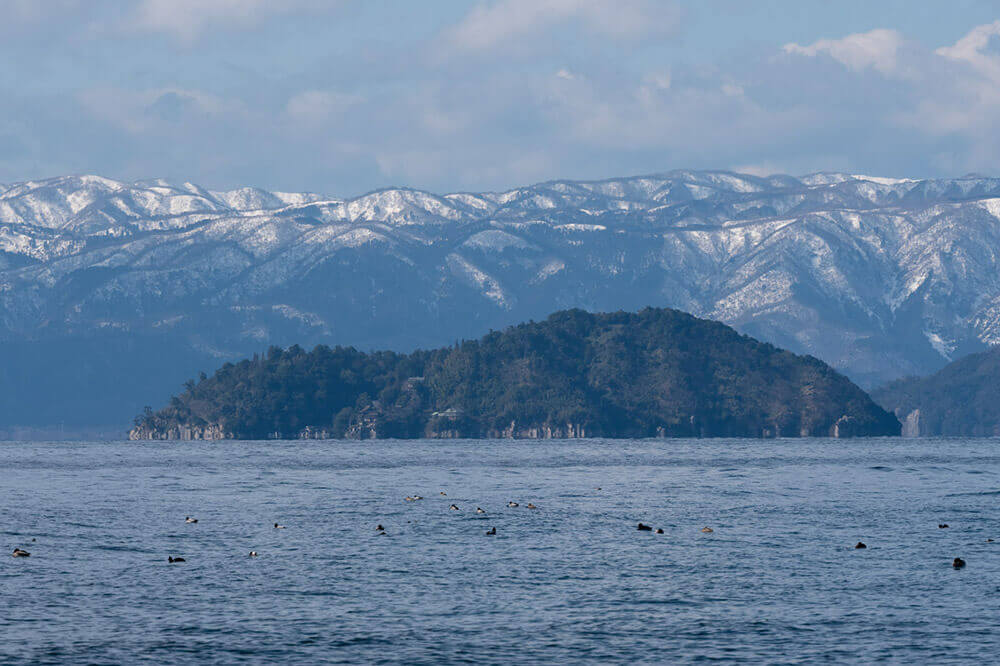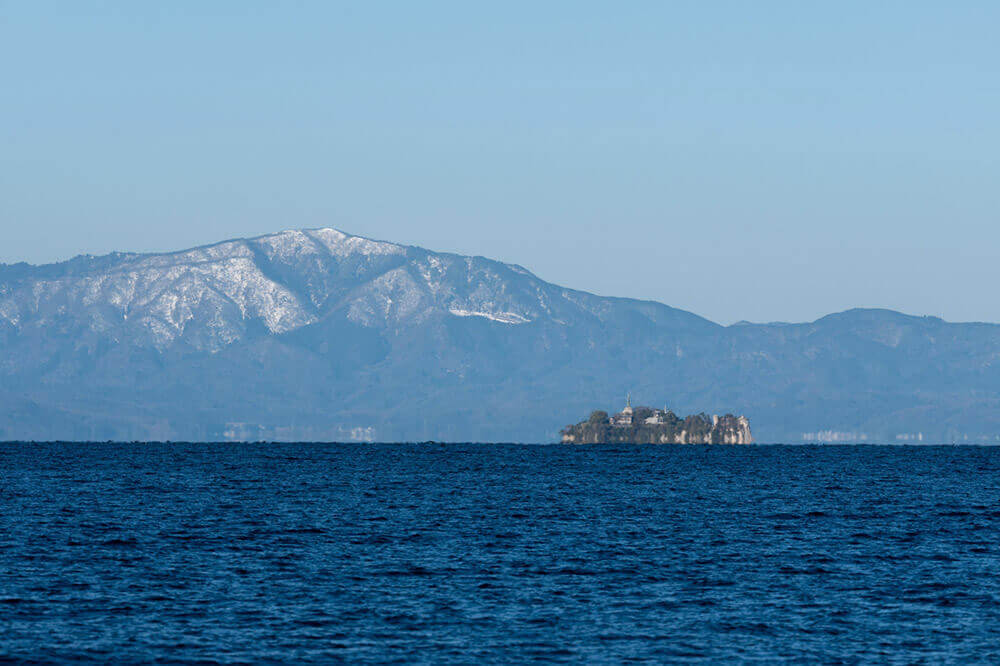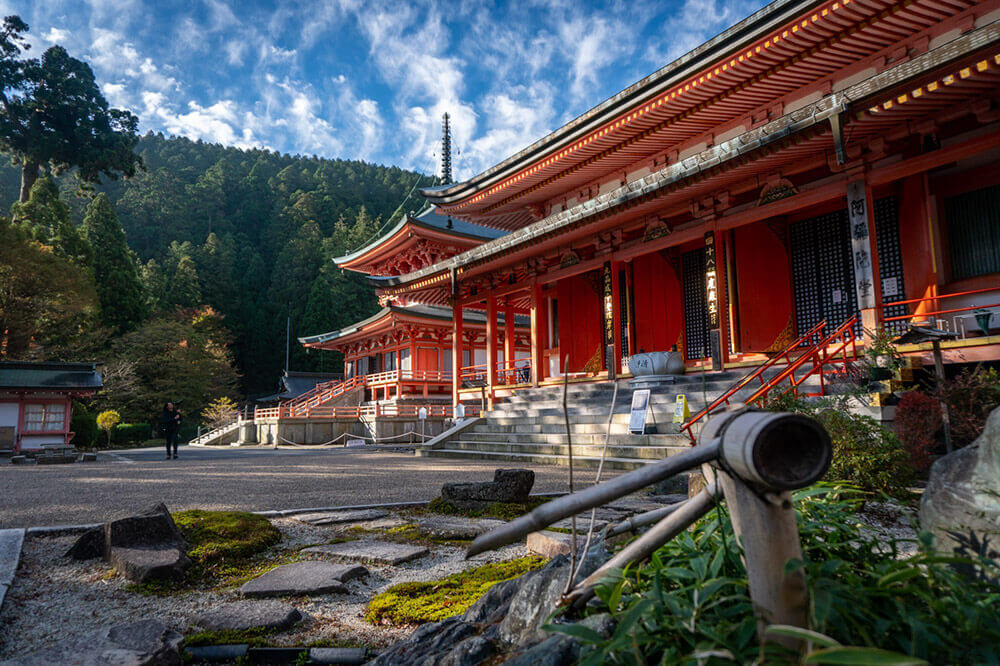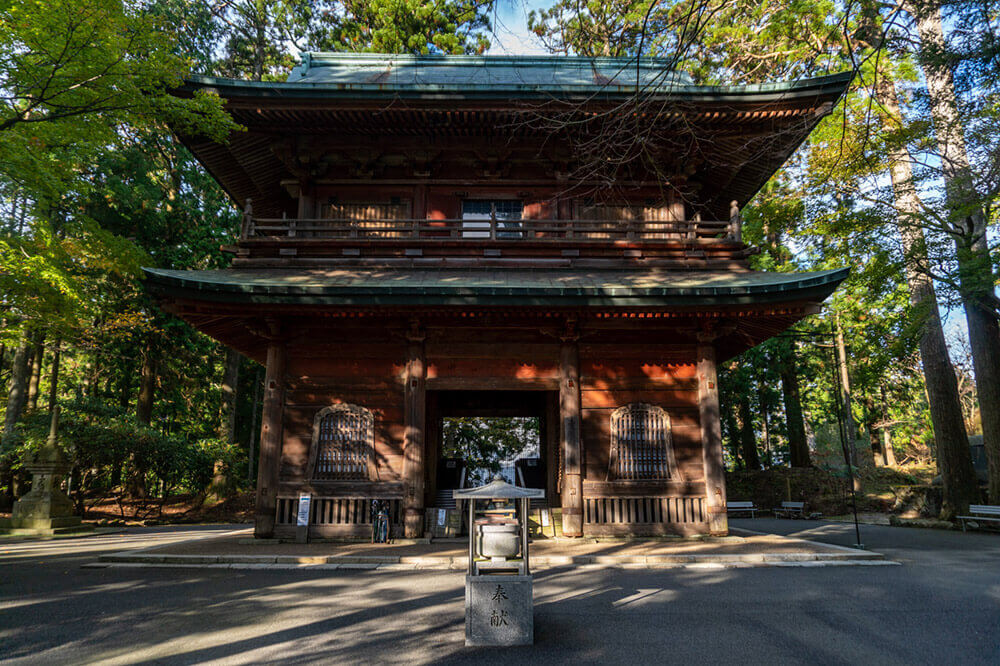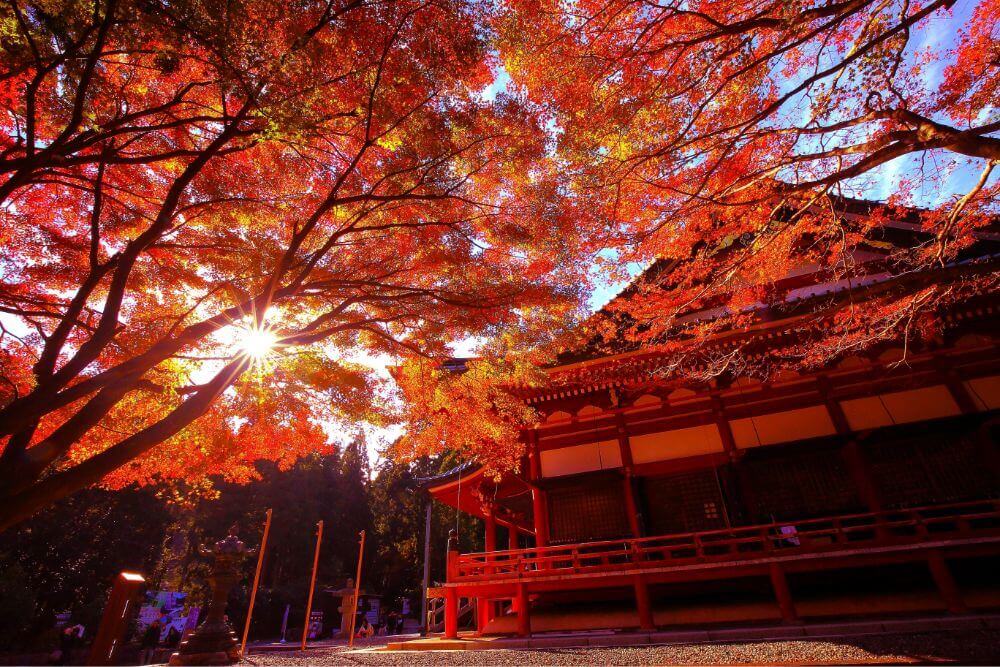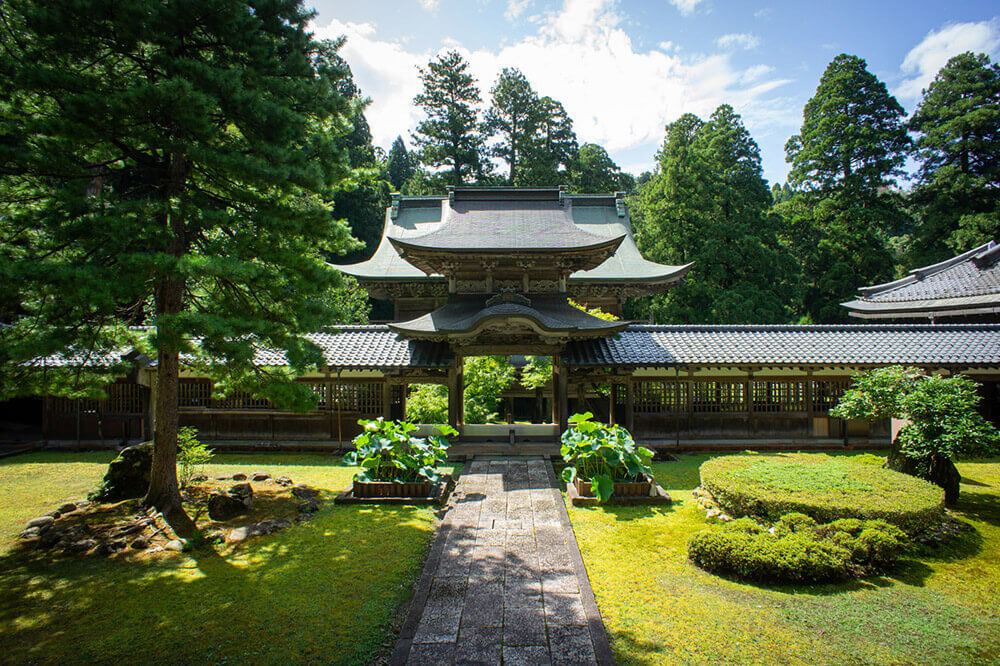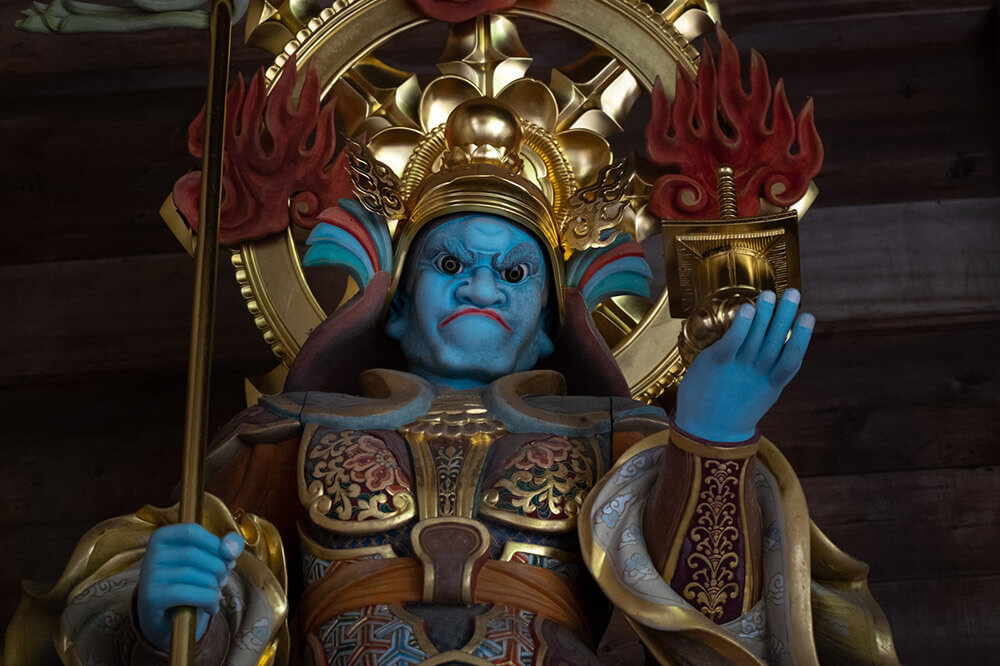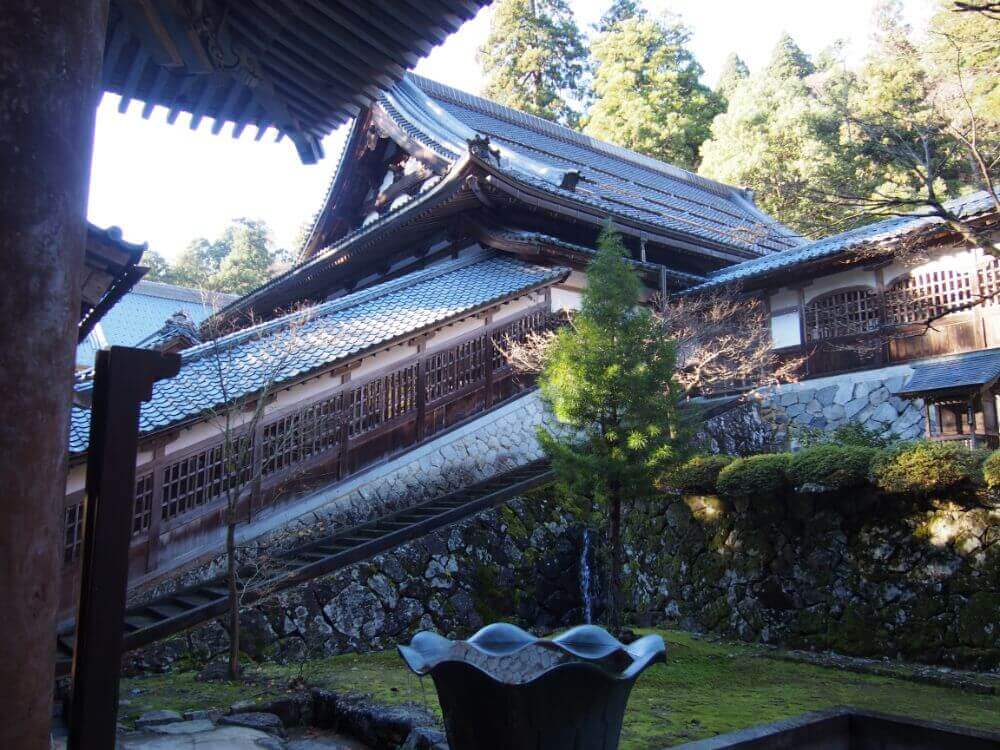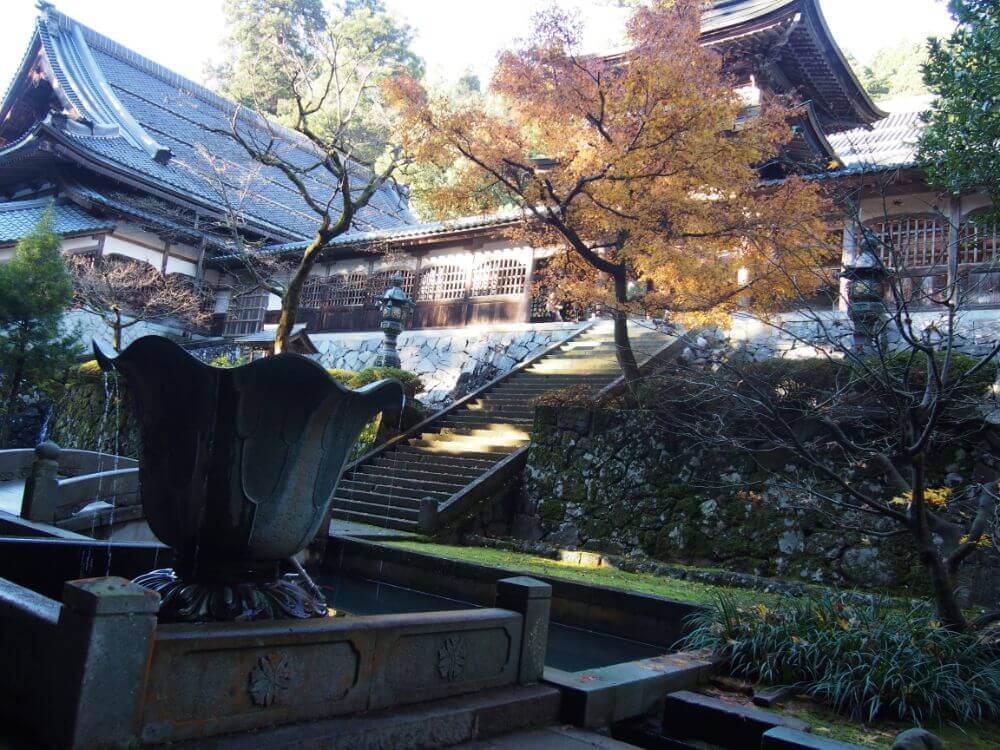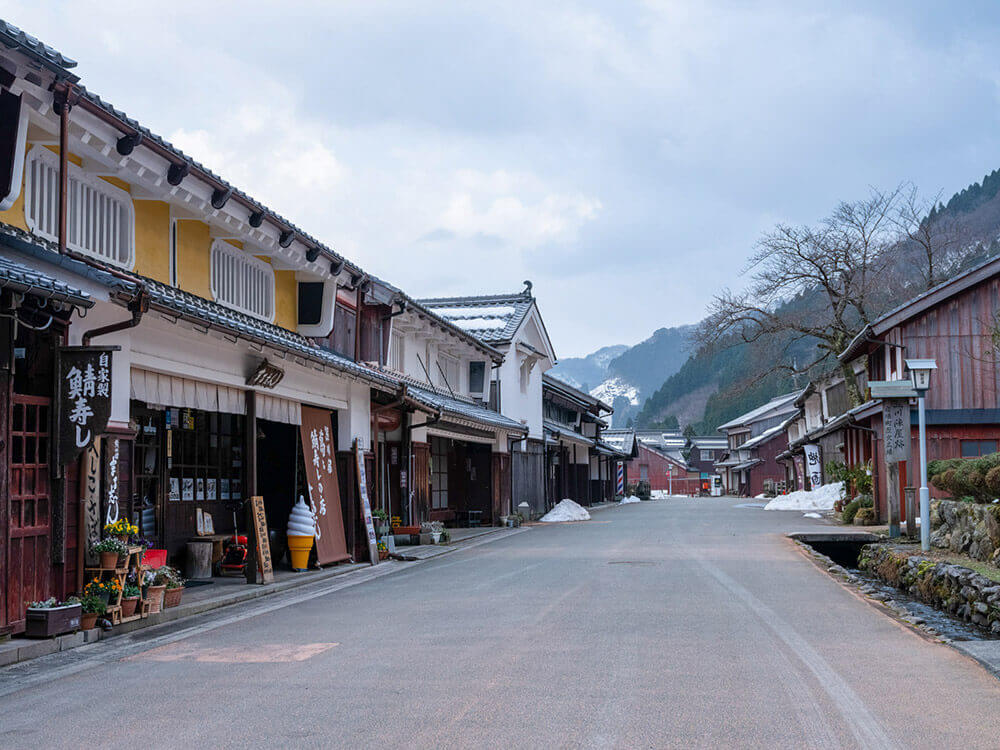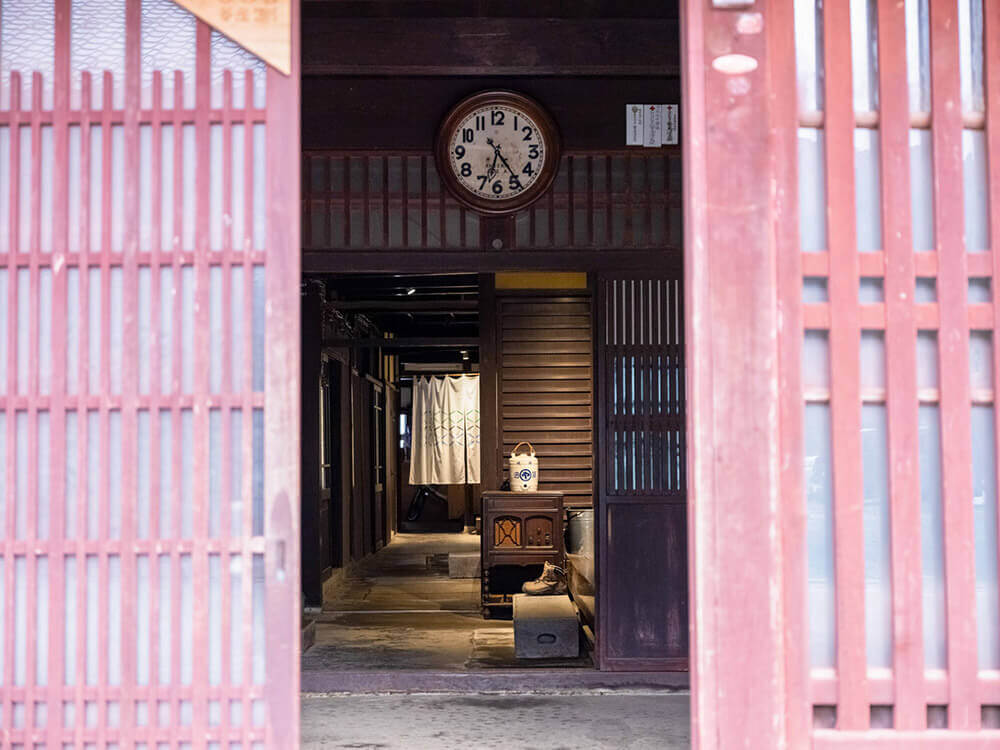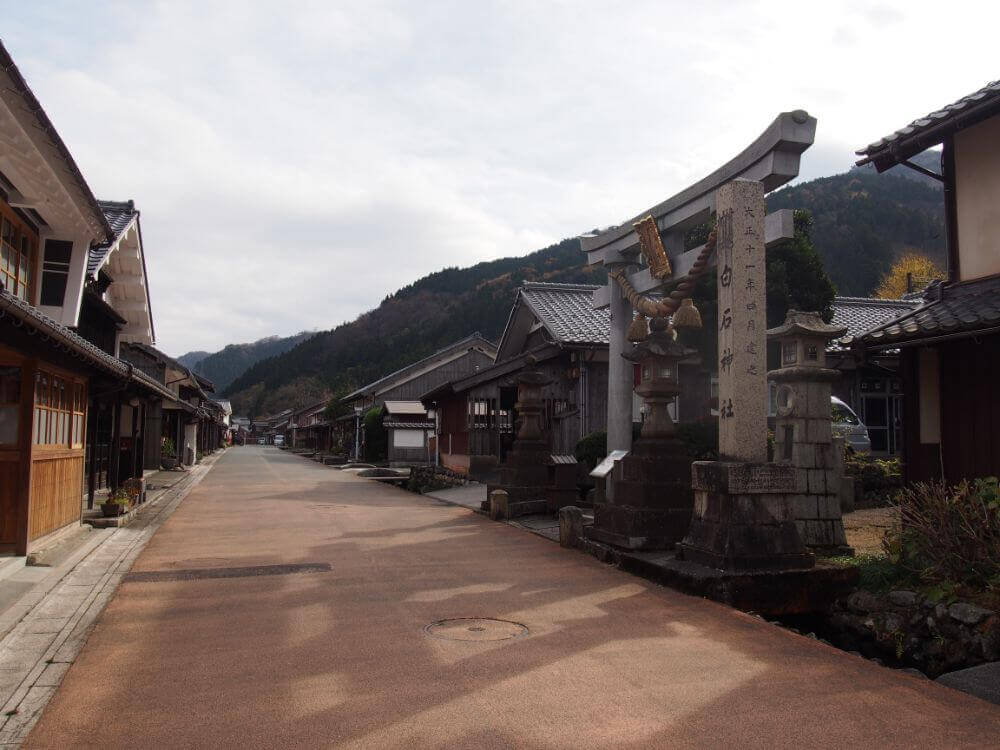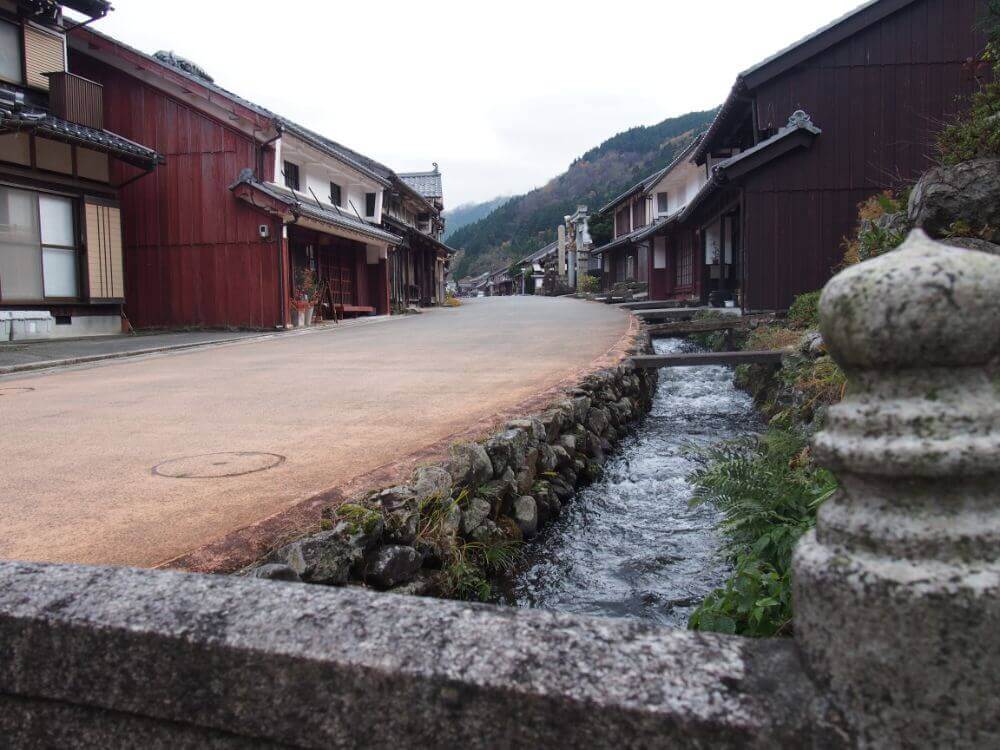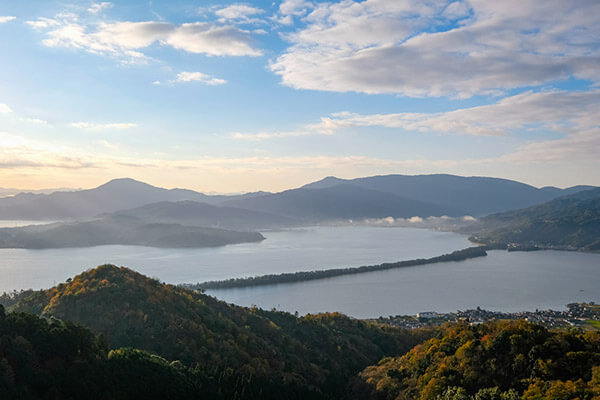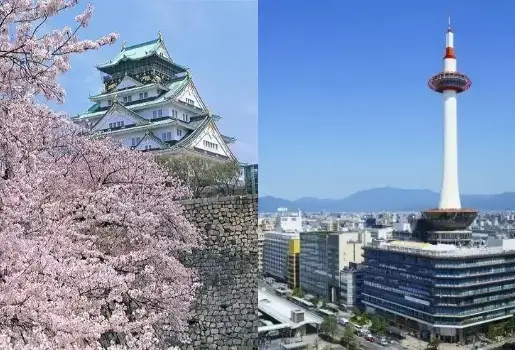WEST LAKE BIWA & FUKUI
Living with a spring
Overview
Biwa-ko (Lake Biwa) is Japan's largest lake. Its abundant water resources enabled communities to spring up around its shores and fostered distinctive regional cultures and landscapes. Its surrounding mountains have attracted spiritual interest, and came to be a center for Shugendo (mountain asceticism). Water has long been used in the region to brew sake, which in turn prompted the development of a fermented food culture.
The four seasons are quite distinct in the mountains of Shiga and Fukui prefectures. In winter, snowfall is plentiful and pure spring water forms streams which flow into the Sea of Japan and Lake Biwa. This landscape is what prompted the formation of local communities: centered around pure water, with uniquely honed cultured and townscapes. Picturesque scenes of this area, such as the one depicted in this painting, have long been used as settings for noteworthy artistic and literary works.
Recommended Spots
-
Lake Biwa is Japan's largest lake. Since ancient times it has maintained a cultural landscape in which water and human activities are in harmony. Many historic temples and shrines have been built around the lake. The villages and islands in and around the lake have nurtured their own unique food culture and fishing methods. The lakeside mountain top Biwako Valley, around 1,100 meters above sea level, offers a spectacular view of Lake Biwa.Audio Guide
-
One popular option is to take a boat cruise around Lake Biwa to enjoy spectacular panoramic views. Boats departing from Takashima, Nagahama, and Hikone will take you to the sacred island of Chikubushima, while cruise boats with food available onboard depart from Otsu.Audio Guide
-
Enryakuji is the head temple of the Tendai school of Buddhism, founded more than 1,200 years ago by the monk Saicho. It is located on Mt. Hiei, a particularly sacred mountain for Japanese Buddhism. Temples are dotted across the entire mountain, and together this complex is called the Hieizan Enryakuji. The complex was inscribed on the UNESCO World Heritage List in 1994 as part of the Historic Monuments of Ancient Kyoto listing. The complex is beautiful in every season, but particularly breathtaking in the fall, when the turning foliage colors everything crimson. You can also enjoy panoramic views, with Kyoto to the west and Lake Biwa to the east.Audio Guide
-
 To reach Kyoto from the Eastern side of Japan, it was once necessary for travelers to cross the Seta River that flows from Lake Biwa, unless they crossed Lake Biwa or went around it via the north. Until 1889, the Seta no Karahashi Bridge was the only bridge that spanned the Seta River. As an important point for trade and the defense of Kyoto, the bridge has seen many battles throughout Japan’s history.
To reach Kyoto from the Eastern side of Japan, it was once necessary for travelers to cross the Seta River that flows from Lake Biwa, unless they crossed Lake Biwa or went around it via the north. Until 1889, the Seta no Karahashi Bridge was the only bridge that spanned the Seta River. As an important point for trade and the defense of Kyoto, the bridge has seen many battles throughout Japan’s history. -
Eiheiji is one of the main temples of the Soto school of Zen Buddhism, which was founded in the 13th century by Dogen Zenji. Nestled deep in the mountains, among rich natural surroundings, this temple is known as the "dojo of Zen" (place of Zen training). Criss-crossing its vast grounds are paths connecting the 70-plus temple buildings, both large and small, built in the complex. The many centuries-old trees growing in the temple grounds lend an aura of solemnity.Audio Guide
-
 Nestled between mountains, Kippoji Temple has a sacred atmosphere. Zen Master Dogen traveled from Kyoto to stay and train at the temple. A stone, said to have been used by Dogen for seated meditation, can be found on the temple’s grounds, and you can catch a glimpse of life during his time.
Nestled between mountains, Kippoji Temple has a sacred atmosphere. Zen Master Dogen traveled from Kyoto to stay and train at the temple. A stone, said to have been used by Dogen for seated meditation, can be found on the temple’s grounds, and you can catch a glimpse of life during his time. -
You can walk the same mountain path that Dogen took between Kippoji Temple and Eiheiji. The track is surrounded by trees and remains unpaved. Roughly 7.5 km long, it can be completed in four and a half hours. The perfect chance to let your mind be at ease, you can feel the devotion of Dogen’s time as you walk the trail.
-
Since before Japan's Nara period, around 710 to 794, the sea-food rich Wakasa Bay area has supported the Kyoto food culture, and provided ingredients for the imperial family kitchens. Mackerel and other marine products harvested in Wakasa were sent to the capital via a series of roads called "Saba Kaido", or the Mackerel Highway. The town of Kumagawa-juku has always been an important stop on that route. Today it offers overnight accommodation and museums complete with "bansho" (watch houses) and built in the "machiya" (town house) style. Nearby there is also a resource center (Shiryokan), where visitors can learn about the history of the mackerel highway, as well as a Michi-no-Eki rest stop where you can enjoy local food and pick up local products.Audio Guide
